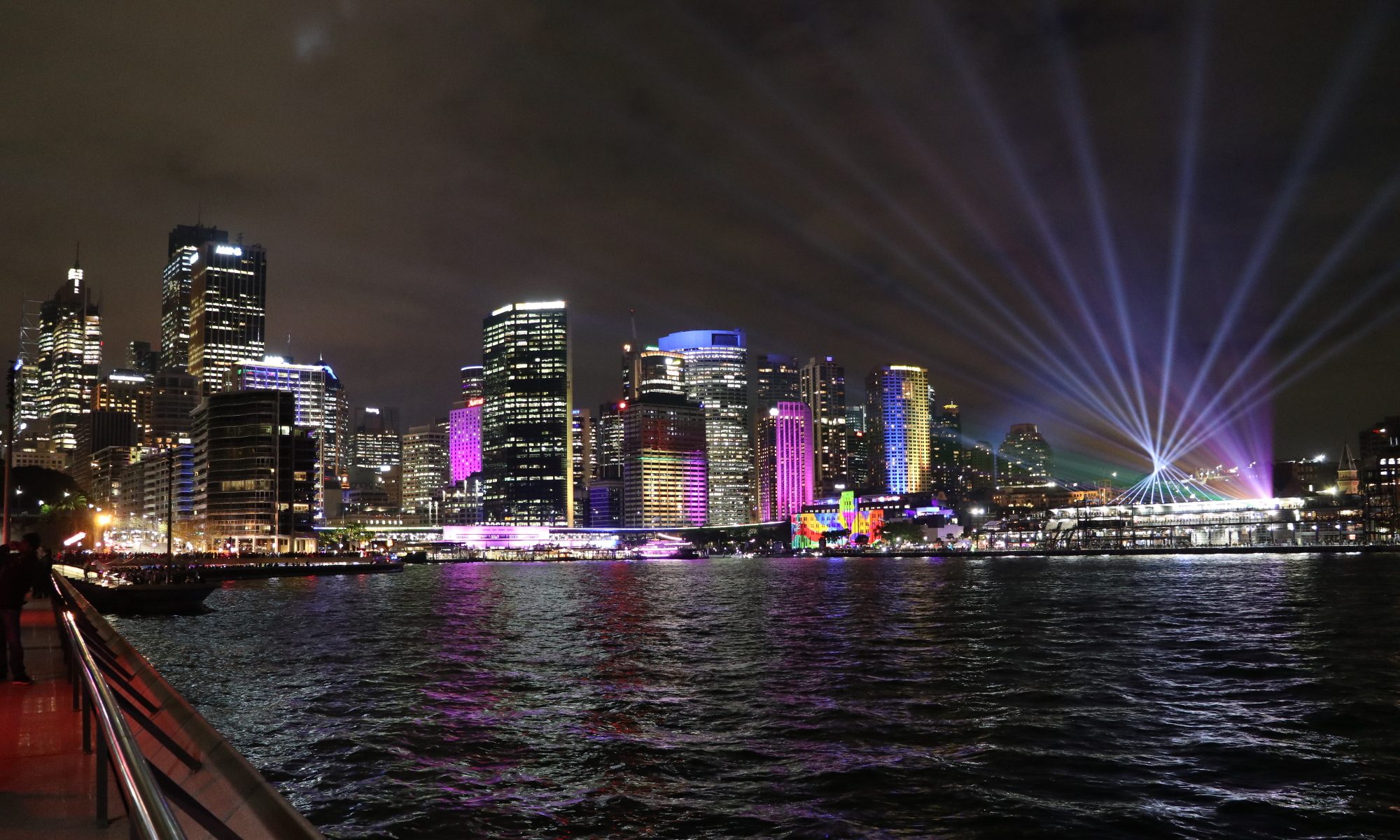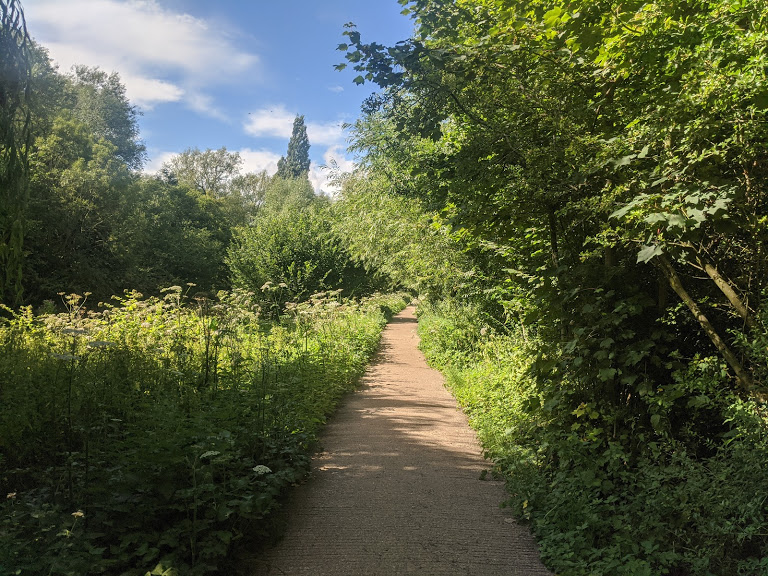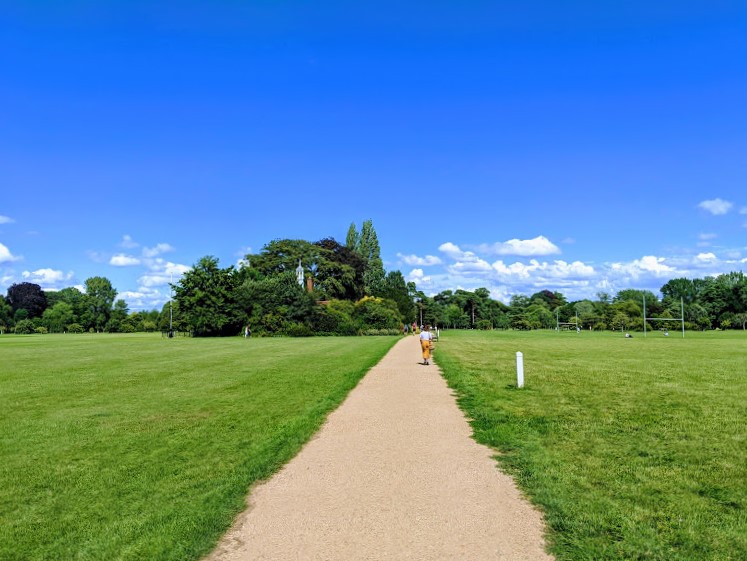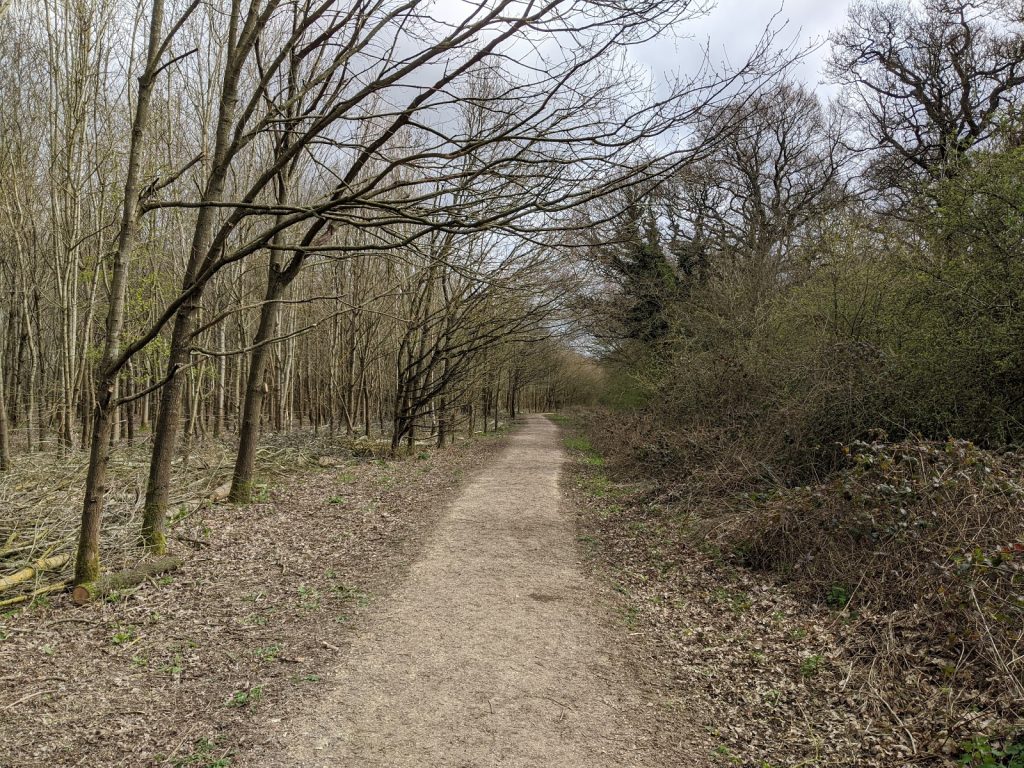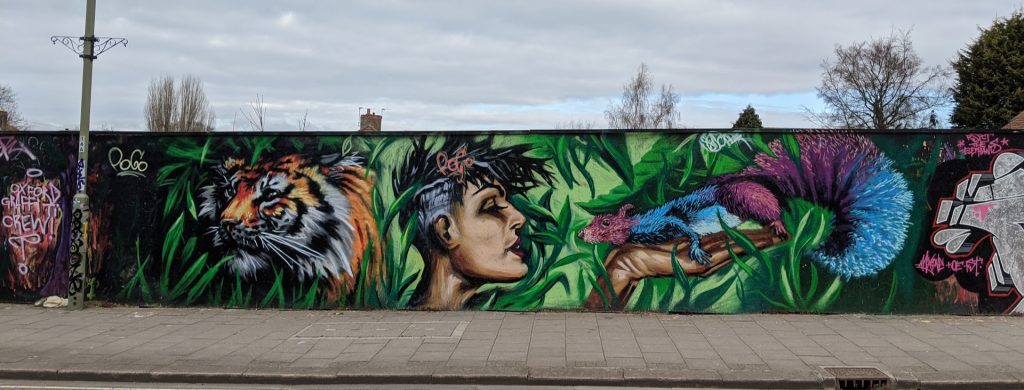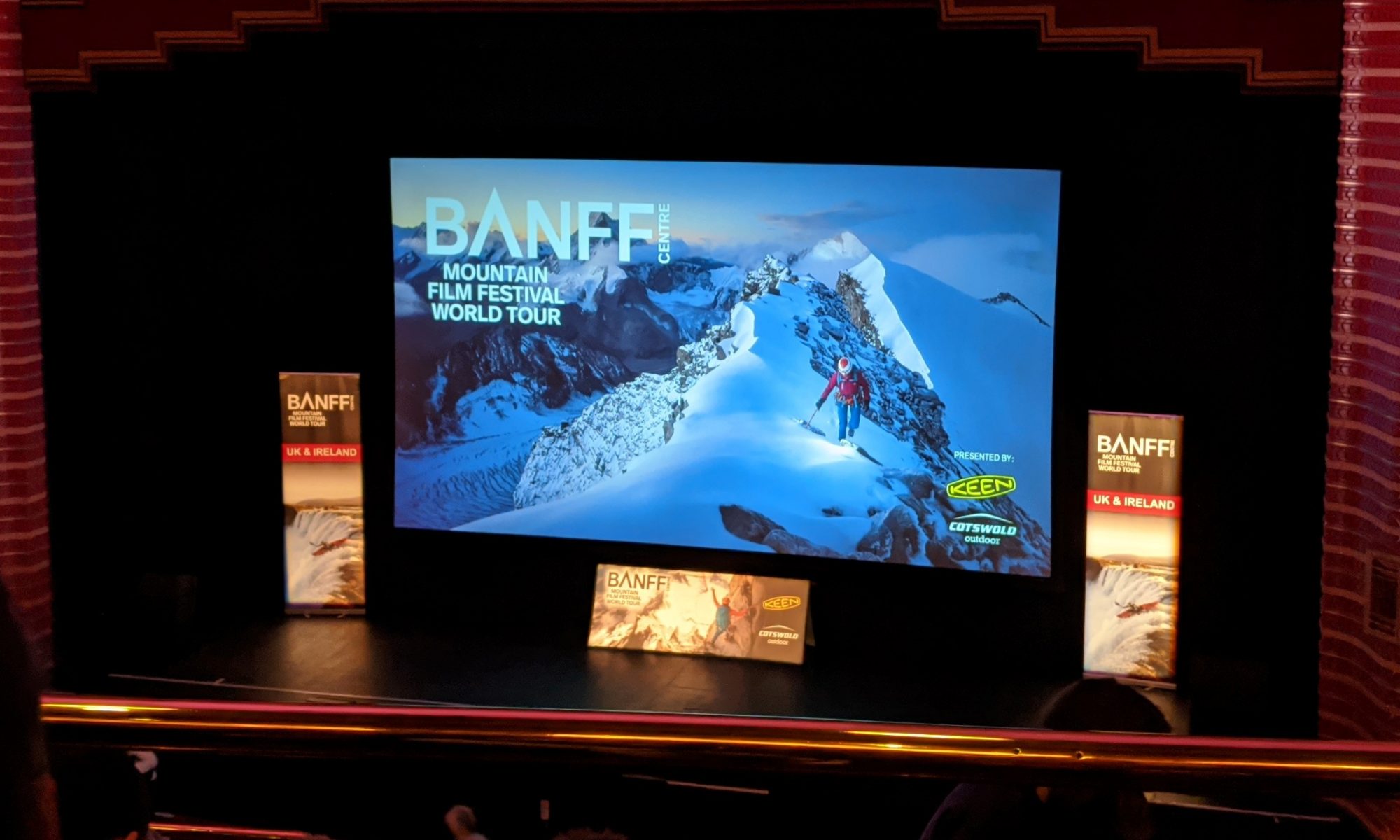“And basically, the novels are: I would like The Martian Chronicles but with more women and people of color, please.”
Mary Robinette Kowal speaking at Google on her novels.
About the books
I thoroughly enjoyed reading The Fated Sky, the most recent book by Mary Robinette Kowal. It follows the multi award winning novel The Calculating Stars, and occupies the same “punchard punk” universe as the short stories Articulated Restraint, The Lady Astronaut of Mars, and We Interrupt This Broadcast. You can hear the author read an extract at the start of of this Talk at Google.
Kowal describes her use of sci-fi as “set dressing” to help “explore things that [she] is thinking about from the real world and it allows [her] to talk about them without all of the emotional baggage so [she] can approach them more as a thought experiment”. Dressed in sci-fi, Dr Elma York (main character) grapples with mental illness, patriarchy, and racism, while background elements invoke the politics of climate change.
My thoughts
I enjoyed the alternate history, the blending of the real life Mercury 13 and computers of Hidden Figures with an engaging character driven story. Kowal has done her homework, with help from Derek Benkoski (fighter pilot), Kjell Lindgren and Cady Coleman (astronauts), and Stephen Granade (rocket scientist), which gives Kowal’s depiction of space-faring such realism that it felt a little like reading astronaut Chris Hadfield’s autobiography.
It was new for me to read fiction where most of the cast, including the first person narrator, are women. As with film (I highly recommend checking out this blog post) women tend to be less represented in stories I read (e.g. The Lord of the Rings). While the main plot of The Calculating Stars centres on women fighting to be included as astronauts, The Fated Sky shifts focus to issues of race. The diversity of the cast is necessary for the story Kowal sets out to tell, and whilst she clearly has a progressive stance to share, at no point did I feel narrative was compromised to make a political point (though as far as I can tell I largely share the author’s views).
The first novel opens to a scene involving Elma and Nathaniel’s (main characters) sex life, and their emotional, sexual, and professional relationships feature significantly in both books. Kowal states in the Google Talk that she “wanted their relationship to always be rock solid”. I am fortunate that my relationship is similar enough to find myself relating to Elma and Nathaniel. While there has been criticism that “Nathaniel York is too perfect to be realistic” (which Kowal has responded to via twitter), being able to see the familiar stresses of over-commitment to work, mental illness, and maintaining intimacy over distance, helped me invest in them both as a couple and as individuals.
Fiction and Authors
It is new for me to come to the end of a story I have enjoyed for recreational-escapist-immersion and then be able to turn to the internet to learn about the author, her process, and how to examine fiction more generally. Kowal keeps a public journal, where as I began drafting this post she shared insights into her writing process. She tweets and answers questions through Lee the Puppet and collects typewriters. By following her online presence, I learned of the existence of narrative beats and about heat welding for puppetry. Seeing an author as an actual person (with their struggles and distractions and desires) makes writing less daunting, and so encourages me to write more.
Real Astronaut CVs
Science-fiction and fantasy make for interesting psychological insights into readers. While no one has experienced contact with aliens or magic, the audience’s immersion may be first broken by a very human behaviour. In the talk Kowal discusses that her writing is criticised for her depiction of Elma’s weaknesses as it seems contradictory for Elma to be so paralysed by anxiety in a social context but utterly comfortable with near death experiences in space craft. This is in spite of the real lived experiences of those with social anxiety disorder. Another criticism of the character I have seen in a few places regards her mathematical prowess:
“The least relatable thing about Elma is that she’s so smart that no one else can match her. She went to college at 14. She does math in her head. Oh, you have to solve differential equations with a piece of paper and a pencil? You’re actually a dumbass in comparison.” — librarything review by yvonnekins
I remember feeling a similar jealous sentiment towards Patrick Rothfuss’ protagonist in the Kingkiller Chronicle series. It is easy to be jealous of characters who are defined by their intelligence, particularly if you operate in a world where intelligence is worshipped. When it comes to astronauts however, Elma’s skills did not break my immersion, as I have seen astronauts tend to have pretty incredible CVs, e.g. Jonny Kim. Also child pilot and accomplished physicist Sabrina Gonzalez Pasterski is not a fictional character.
Some uncomfortable feelings when I come to write about books
Generally, despite really enjoying the story, coming to reflect on it here inspired some painful feelings. While it would be easier to ignore those feelings, that would miss an opportunity to grow past them, and fail to follow the example of sharing personal weakness set by Kowal and others who inspire me. I feel it is important to hold and express thoughts about the books I read, and I couldn’t do that if I avoided emotions that come with reflection. Emotions are difficult to untangle, but two strands I can draw out are:
1. I feel I should write about books but I don’t know why or how. I feel disappointed with myself that when I finished the first book all that made it into the blog was “I finished reading The Calculating Stars by Mary Robinette Kowal, it is excellent.”
2. I read slowly. It is also disappointing to me that it took me nearly 3 months to read The Fated Sky. I quickly convert that rate of four books a year through the relatively short human lifespan, and feel a great sense of loss that there are so many texts I will never read.
Closing Thoughts
I highly enjoyed both books (on paper), but given Kowal is a voice actor and does the narration, I would recommend listening to The Calculating Stars via audiobook. I eagerly anticipate the third book in Elma and Nathaniel’s story, due in 2022.
